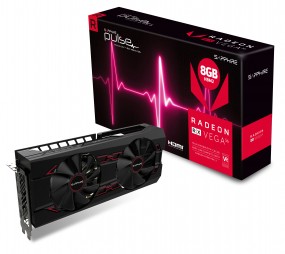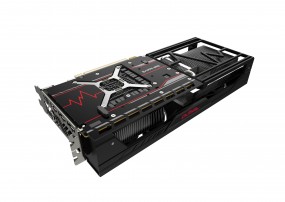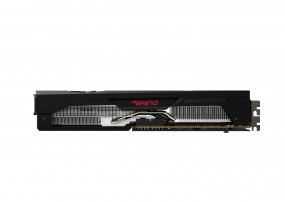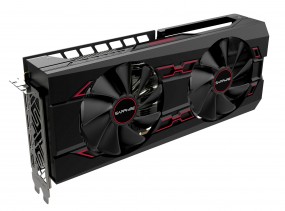Navi ought to be an upgrade to a 480. Would be epic lols if it isn't.
Well, even a 590 is an upgrade, the more important thing is how much of an upgrade. It's looking like Navi will be Vega but slightly cheaper perhaps & w/ less power draw. Essentially for a customer nothing really changes, but for AMD the margins should improve dramatically. Of course, as a customer I don't particularly care about AMD's margins. So to wait a few more months for what's essentially a Vega, is a bit pointless considering you could enjoy the same performance right now for not a lot more (if any difference at all - let's remember Polaris vs Hawaii, and this is looking like a repeat of that).
Basically I upgrade for "threshold performance", meaning it needs to allow me a certain level of performance/visual fidelity to be worth it, rather than just some extra fps that may as well be meaningless.
What do I mean? Let me give you the example that's tempting me right now to upgrade. I love AC Origins & Odyssey, playing the heck out of them for the past year or so. Right now I can do 4K 30fps with high enough settings that there's nothing really left to crank up in terms of visual fidelity (outside of super-sampling) nor is an extra 30-40% performance significant enough in terms of framerate that I'd care - it's simply not the type of game where it matters all that much. So now I'm left with super-sampling, which for a V64 it would be too taxing to do & if I go too high 8gb vram wouldn't really be enough. But I really want to do 140-160% render scale at least (at 4K) because it really ups the visual fidelity to a new level, hence VII looking attractive.
So 4K 30 is a threshold, 1080p 120 is a threshold, max settings is a threshold, HD textures etc. and which one's important will depend on the game. E.g. if I played FPS then I'd care more about adding each extra fps, but since I don't or the FPS I do play already run very well (Doom etc) esp. since they tend to be more atmospheric and have me run a custom ultra-wide resolution anyway (which further reduces GPU demand).







